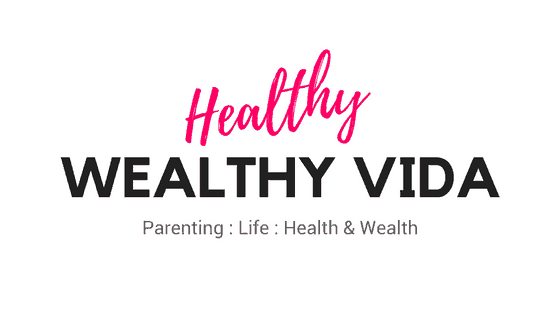Quinoa vs Lentils: A Nutritional Comparison
Are you contemplating quinoa vs. lentils for your next plant-based meal? Both foods are chock full of nutrients and plant-based advantages, so how do you choose just one?
This comprehensive guide will explore everything you need to know about the nutritional values of quinoa vs. lentils. With twice the protein and twice the fiber per serving, lentils are the clear winner on those fronts. But, did you know that quinoa is a complete source of protein, while lentils are limited in some essential amino acids?
Additionally, quinoa packs a magnesium and manganese punch, while lentils boast more folate, iron, fiber, copper, potassium, and vitamin B1. By understanding the differences between these two powerful foods, you’ll be able to make an informed decision and choose which one best suits your daily needs and preferences.
So, join us as we dive into the world of quinoa vs. lentils and discover all the benefits and advantages that come with each superfood.
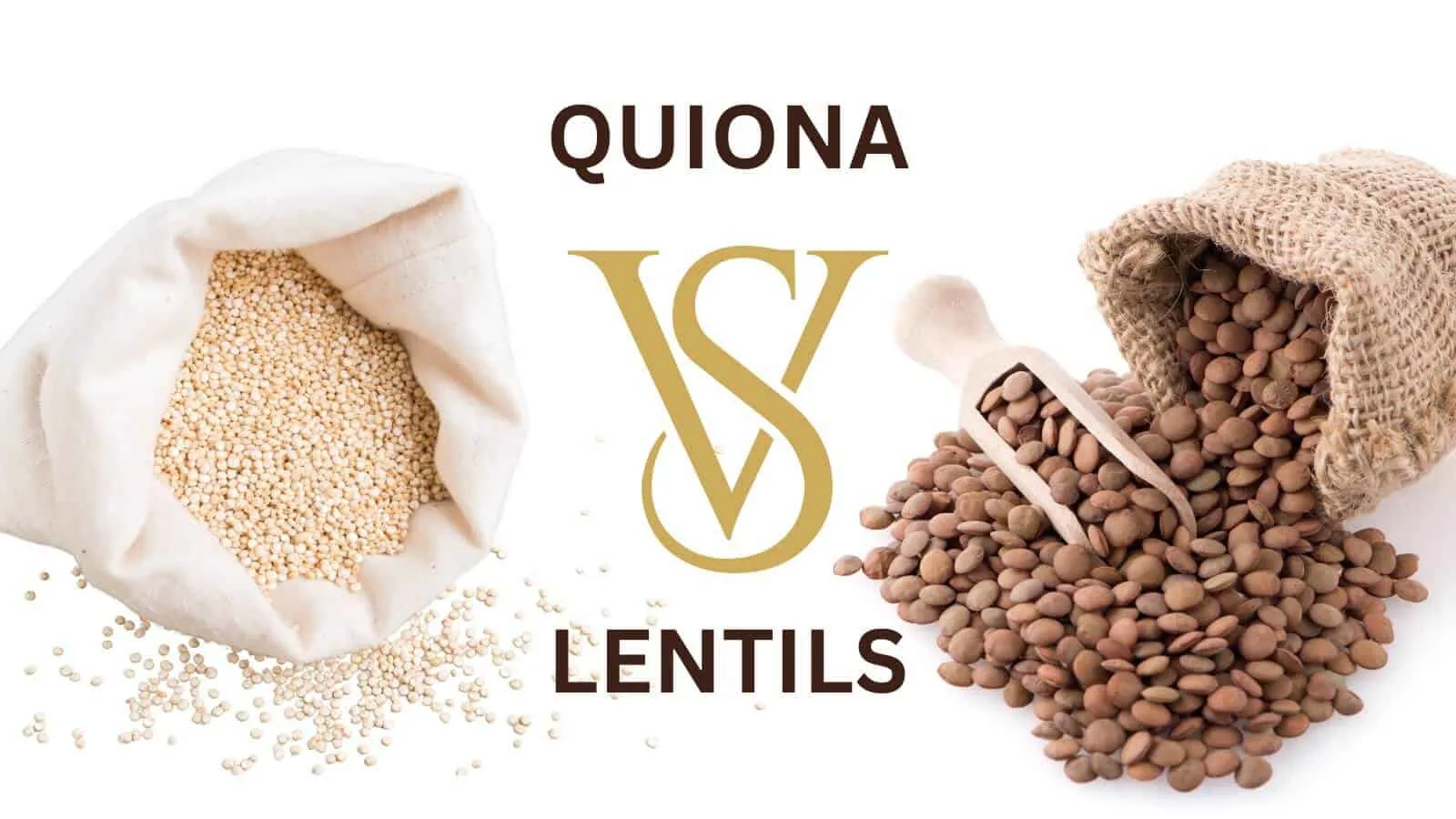
Quinoa vs Lentils: Nutritional Comparison
This post may contain affiliate links you can read our disclosure policy here
When faced with the choice between quinoa and lentils, selecting the right food is crucial based on their nutritional contents. Below is a detailed comparison of the protein, fiber, vitamins, and mineral content of each superfood.
Firstly, quinoa – a pseudo-cereal crop known for its high protein content, packs all nine essential amino acids. Quinoa is high in fiber, rich in minerals such as iron and magnesium, and also contains B vitamins.
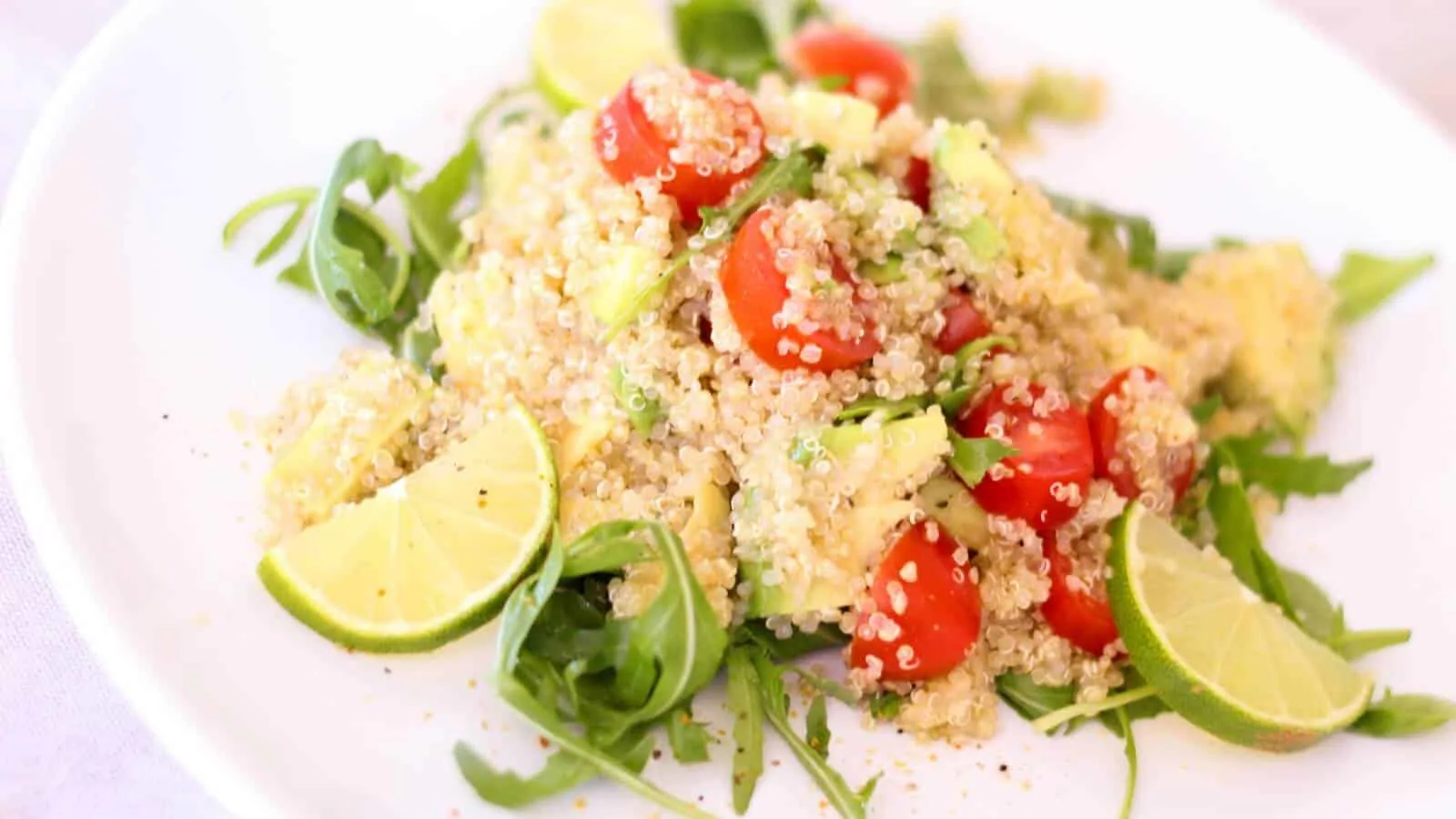
On the other hand, lentils are renowned for their richness in protein and carbohydrates. They rank low on the glycemic index, which means they release sugar slowly, and unlike quinoa, they have a significant presence of folate and vitamin B. Additionally, lentils are abundant in omega-3s and are packed with both soluble and insoluble fiber.
Ultimately, when it comes to choosing between quinoa and lentils, it all depends on one’s nutritional goals.
Protein Content
Quinoa and lentils are fantastic protein-rich options for vegetarians and vegans. Lentils slightly outperform quinoa in protein content. For instance, 100g of cooked lentils pack about 9 grams of protein compared to 4 grams in the same amount of cooked quinoa.
Fiber Content
Quinoa and lentils are outstanding sources of fiber, a nutrient vital for maintaining digestive health. Lentils do, however, outshine quinoa by having a marginally higher fiber content. For instance, 100 grams of cooked lentils typically contain around eight grams of fiber, compared to roughly 2.8 grams in an equivalent amount of cooked quinoa.
Vitamins and Minerals
Plant-based foods like quinoa and lentils are not only delicious but also offer a host of essential vitamins and minerals that contribute to optimal health. For instance, a cup of quinoa and a cup of lentils together provide a robust profile of key nutrients such as protein, fiber, iron, and folate.
Quinoa
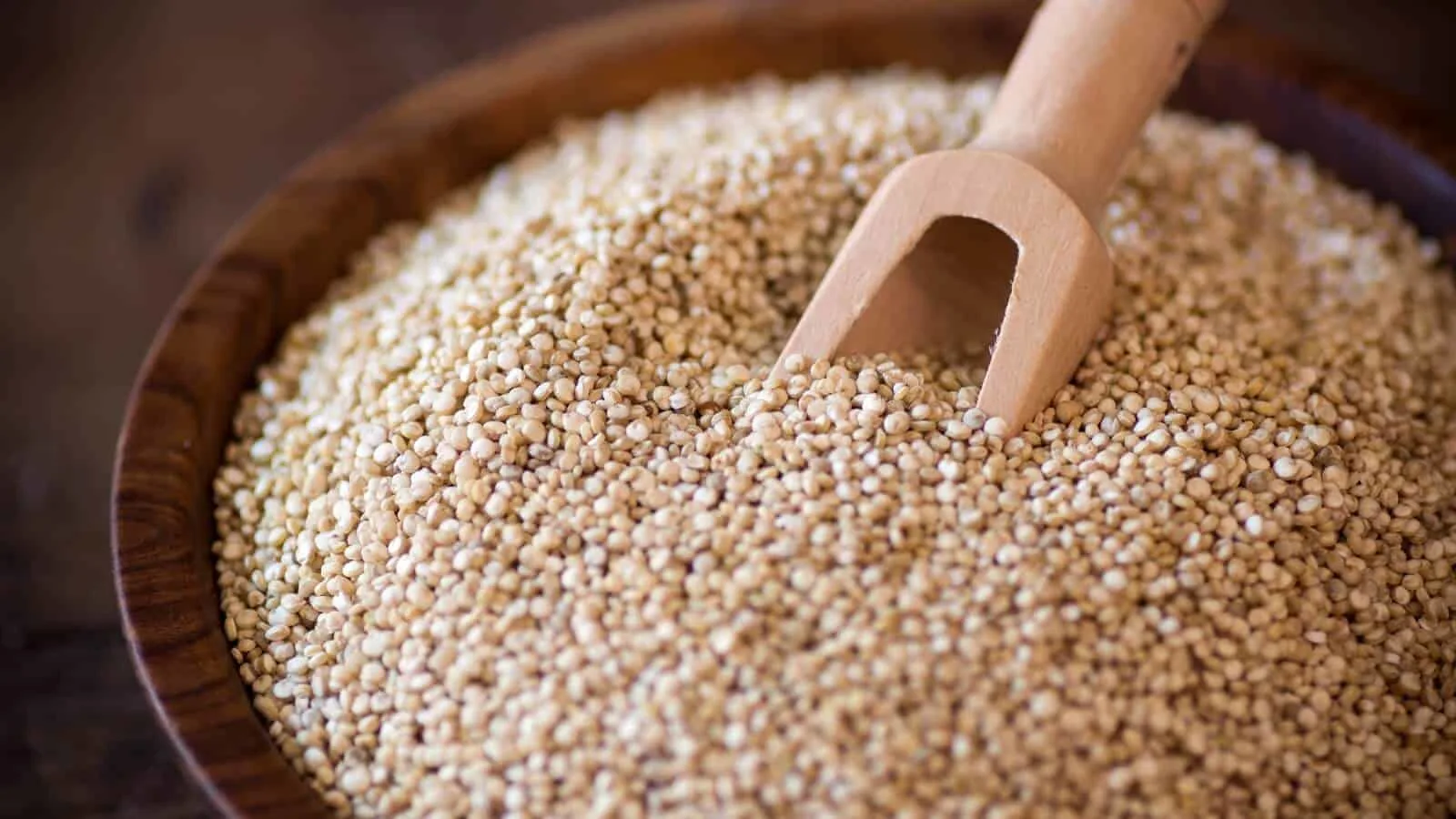
- Magnesium: Quinoa is a good source of magnesium, which is important for bone health and muscle function.
- Manganese: Quinoa is also a good source of manganese, which is important for brain function and metabolism.
- Vitamin B2: Quinoa contains vitamin B2, which is important for energy production and cell function.
- Phytic acid: Quinoa contains phytic acid, which can reduce the absorption of certain minerals.
Lentils
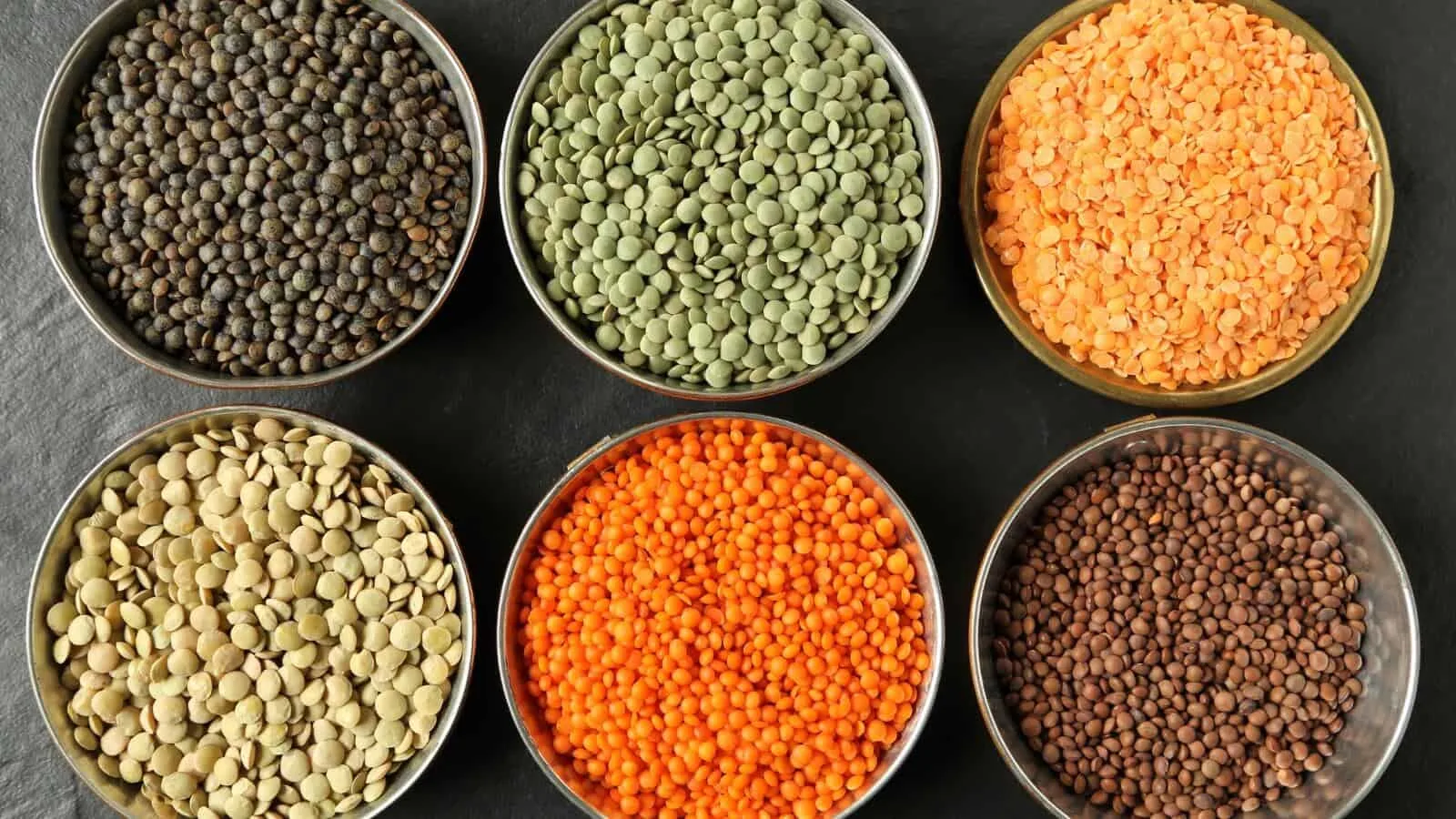
- Folate: Lentils are an excellent source of folate, which is vital for fetal development and may help reduce the risk of certain cancers.
- Iron: Lentils are also a good source of iron, which is important for healthy blood cells.
- Fiber: Lentils are an excellent source of fiber, which can help lower cholesterol levels and improve digestive health.
- Potassium: Lentils are a good source of potassium, which is important for heart health and may help lower blood pressure.
Both quinoa and lentils are incredibly nutritious foods that can be easily included in a healthy diet. Lentils edge ahead with slightly higher protein and fiber content, while quinoa provides great magnesium and manganese boosts.
Ultimately, the choice between these two comes down to your own nutrition needs and palate preferences. Whether you slurp lentil soup or quinoa salad, incorporating these in your meals will aid you in achieving that healthy lifestyle you aim for!
Quinoa vs Lentils: Health Benefits
Quinoa and lentils are both nutritious and highly beneficial for health. In this section, we examine some of their outstanding health attributes.
Loaded with essential nutrients, quinoa, and lentils are excellent sources of fiber, protein, vitamins, and minerals. Their many health benefits range from aiding weight loss, strengthening immunity, reducing inflammation, and fighting heart diseases.
Discovering all the different ways to incorporate these tiny powerhouses into your diet can lead to great benefits for your health and well-being.
Heart Health
Quinoa and lentils are both excellent additions to a heart-healthy diet. With lentils’ high fiber content, they aid in reducing the risk of heart disease by lowering cholesterol levels. Meanwhile, quinoa is a superb source of fiber, omega-3 fatty acids, and various other nutrients that benefit the heart.
Blood Sugar Control
If you want better control of your blood sugar levels, quinoa and lentils are excellent foods to consider. Lentils won’t cause a rapid increase in blood sugar levels because they are low-glycemic. Quinoa is also low-glycemic and has been shown to regulate blood sugar for those with type 2 diabetes.
Celiac Disease
Quinoa is a versatile superfood, perfect for people with celiac disease or gluten intolerance. Unlike wheat, it’s gluten-free and can be incorporated into a wide range of savory and sweet dishes. Equally, lentils present a great gluten-free substitute. Whether in soups or salads, both make for an excellent source of nutrition.
Vegan and Vegetarian Diets
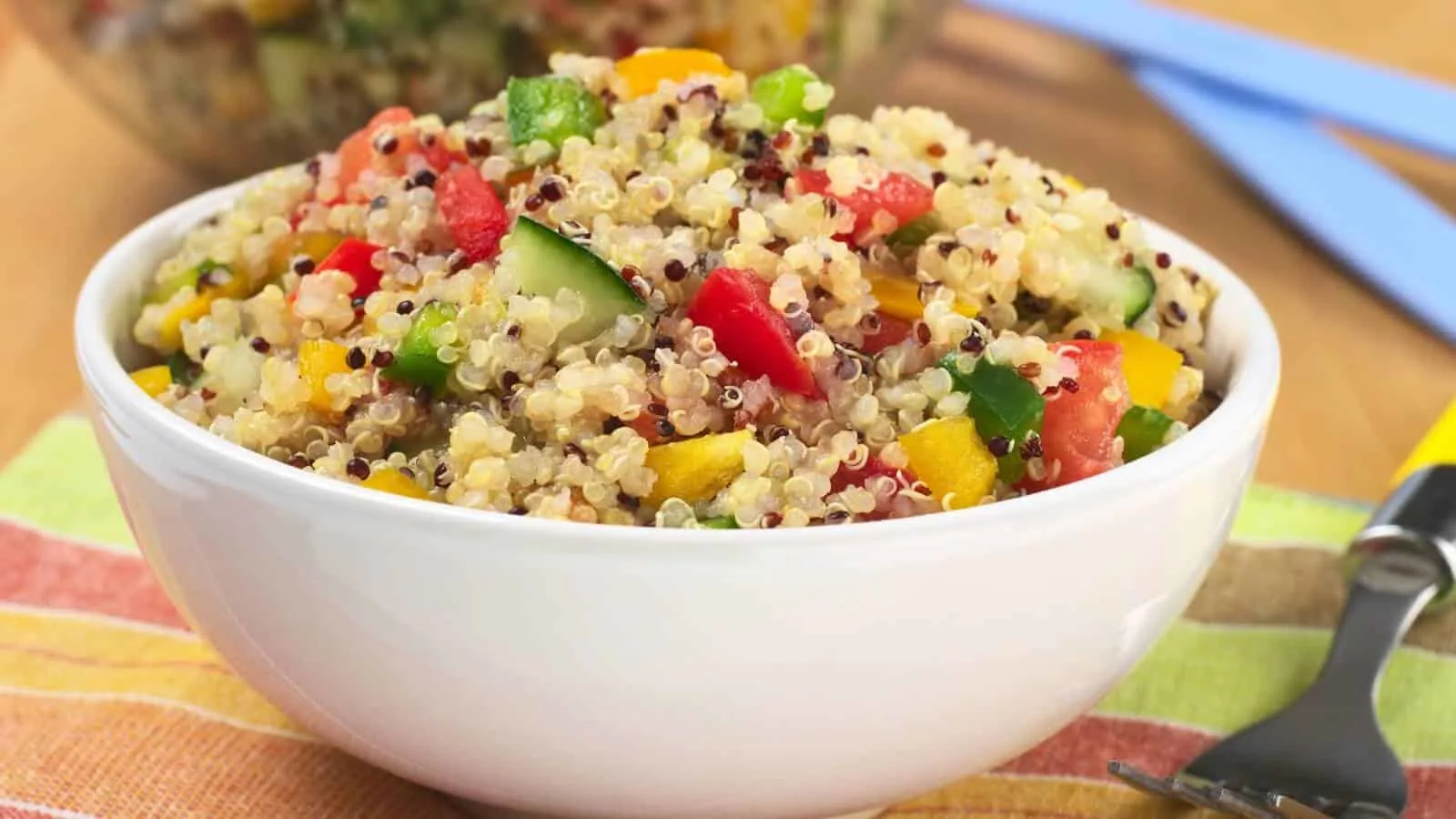
Quinoa and lentils are fantastic options for vegans and vegetarians alike, providing a wealth of health benefits. Lentils, with their protein-packed goodness, make for a suitable meat substitute in many dishes. Meanwhile, quinoa is not only an excellent source of protein but also a complete one, containing all nine essential amino acids.
When it comes to health, both quinoa and lentils don’t disappoint. With heart-healthy properties, the duo can control blood sugar levels and are particularly appealing to those with celiac disease or following dietary restrictions.
Types of Lentils
When it comes to lentils, the variety is diverse and abundant, and each type boasts its own distinctive flavor, texture, and cooking time. If you’re interested in exploring the different options, here are some of the most popular types and what you need to know about them:
Red Lentils
Red lentils are an extremely versatile legume, great for soups, stews, and curries. Not only do they cook quickly, but they also possess a creamy texture when cooked. Additionally, they provide a copious amount of protein and fiber, making them a nutritious addition to any recipe.
Green Lentils
Green lentils possess a slightly firmer texture than their red counterparts, accompanied by a delightful nuttiness. They frequently adorn salads and complement side dishes and are naturally abounding in iron and folate.
Brown Lentils
Brown lentils are the most popularly consumed lentil type and a staple ingredient in soups and stews. Their ability to retain shape when cooked and their mildly earthy taste has made them a kitchen favorite. Not only are they a good source of protein and fiber, but they can also be cooked in various dishes as a healthy protein alternative.
French Lentils
Puy lentils, also called French lentils, are smaller and darker than other varieties. They boast a slightly peppery flavor and hold shape when cooked, making them ideal in a variety of salads and side dishes.
Black Lentils
Beluga lentils, commonly referred to as black lentils, possess a distinctive earthy flavor and enviable sheen. Boasting excellent structural integrity following cooking, they are frequently included as key components of vibrant salads and delicious side dishes.
Yellow Lentils
Yellow lentils, also called toor dal, are a popular ingredient in Indian cuisine, famous for their mild, nutty flavor and quick cooking time. They pack a powerful nutritional punch, offering an ample amount of protein and fiber.
Different Cooking Times
Each type of lentil has a different cooking time, so it’s important to pay attention to the package instructions. Here is a general guide:
- Red lentils: 10-15 minutes
- Green lentils: 20-25 minutes
- Brown lentils: 20-25 minutes
- French lentils: 20-25 minutes
- Black lentils: 20-25 minutes
- Yellow lentils: 15-20 minutes
Types of quinoa
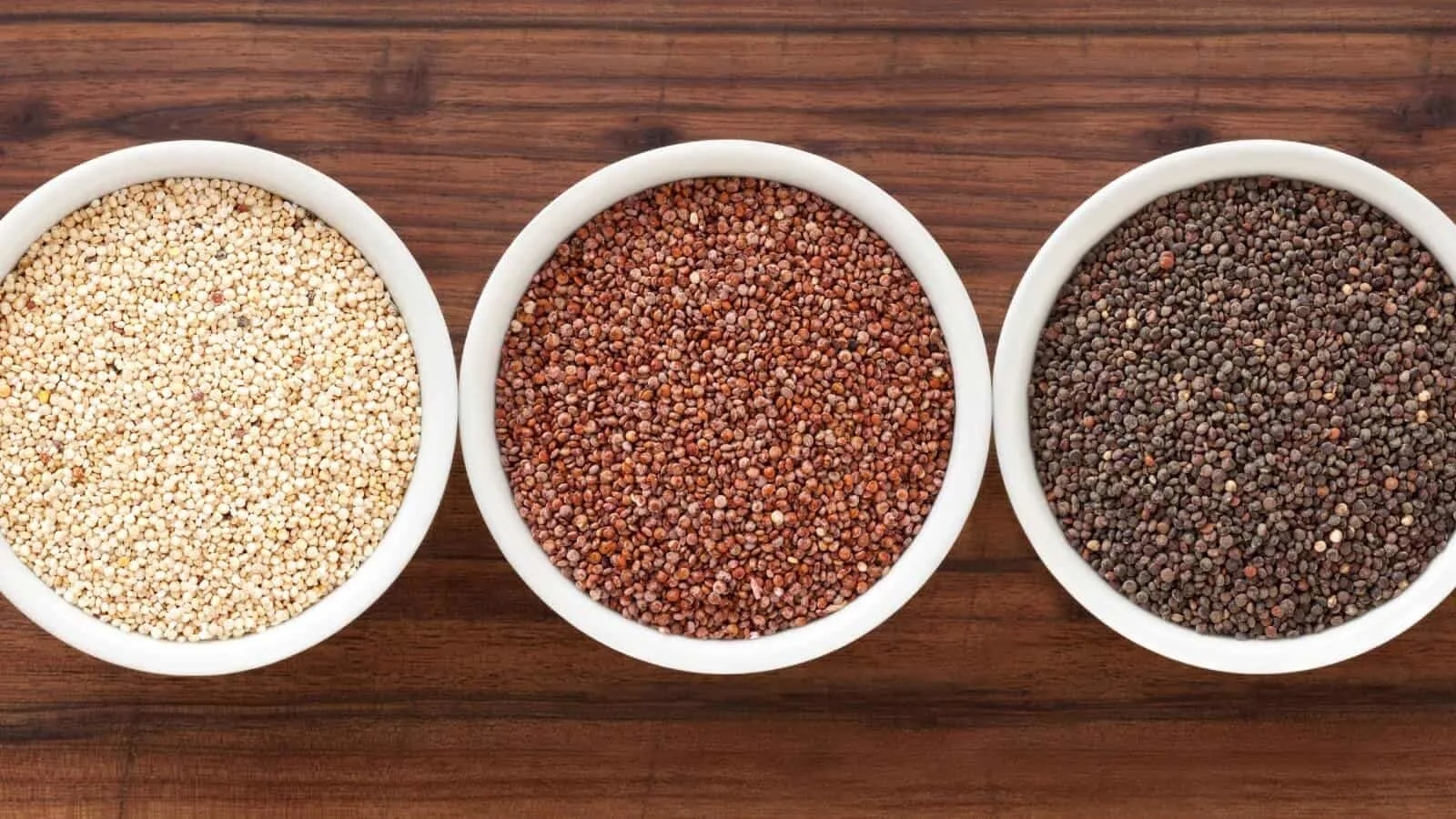
Quinoa comes in a variety of colors, each with its own flavor profile.
Red Quinoa
Red quinoa features a scrumptious blend of earthy and nutty flavors paired with a delightfully chewy texture.
White quinoa:
White quinoa has a mild, delicate flavor with a delightfully fluffy texture.
Black quinoa:
Black quinoa boasts a nuttier, earthier flavor with a delightful crunch.
Quinoa vs Lentils: Cooking and Preparation
Cooking and preparing quinoa and lentils is a breeze, but here are some handy tips to make it even easier.
Cooking Time
Generally, quinoa requires 15-20 minutes for cooking, while lentils take around 25-30 minutes. That said, the cooking duration varies based on the type of lentils or quinoa, and whether they are pre-soaked.
Pairings
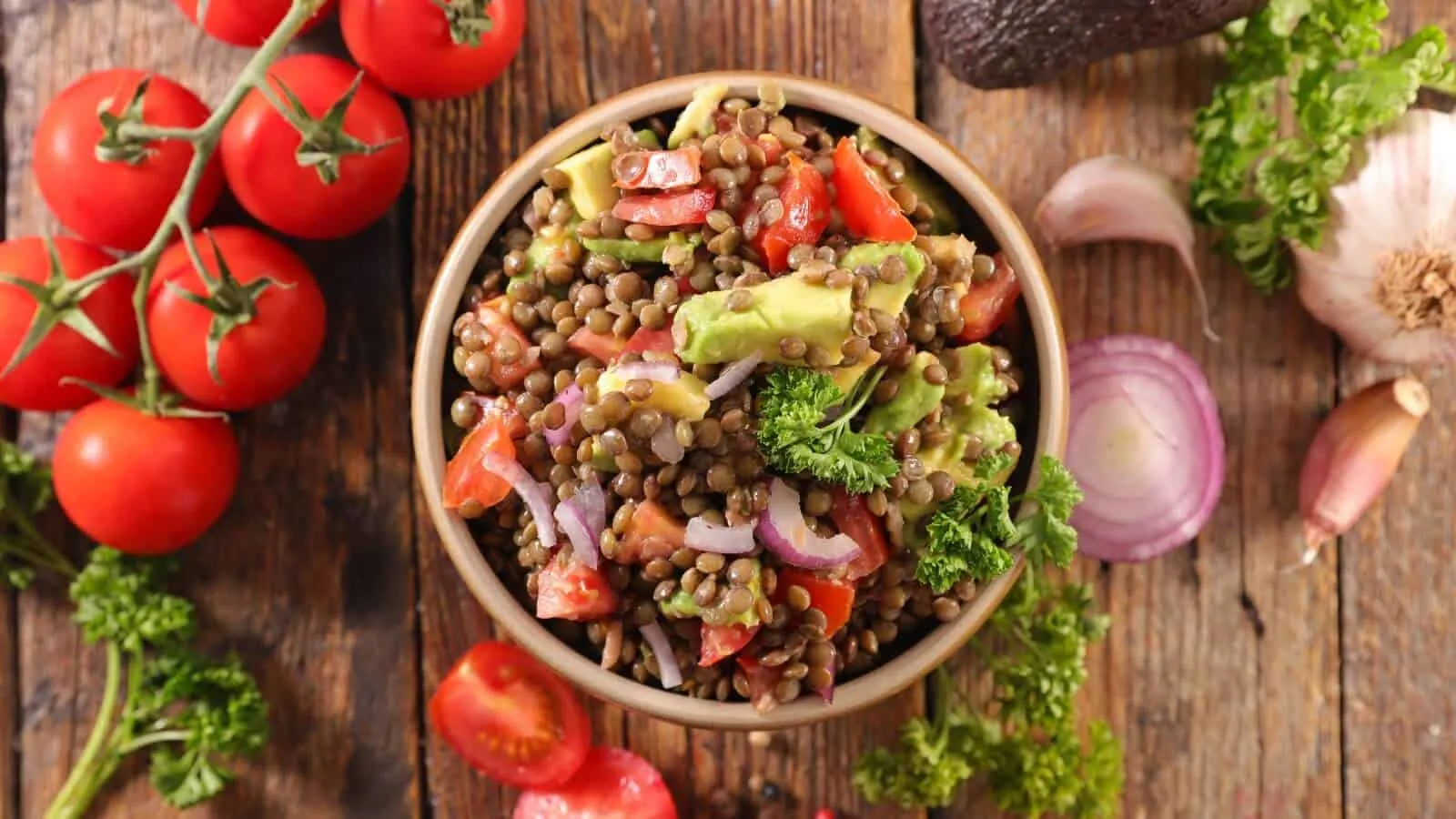
Both quinoa and lentils are versatile ingredients that can be paired with a wide variety of other foods to create delicious and nutritious meals. Here are some ideas:
- Brown rice: Cooked quinoa and lentils can be mixed with brown rice for a hearty and filling side dish or base for a grain bowl.
- White rice: Quinoa and lentils can also be paired with white rice for a lighter and more subtle flavor.
- Red onion: Chopped red onion can add a sweet and tangy crunch to salads or grain bowls featuring quinoa or lentils.
- Black pepper: A sprinkle of black pepper can add a bit of heat and depth of flavor to quinoa or lentil soup.
- Whole grain quinoa: Whole grain quinoa has a slightly nuttier flavor and chewier texture than regular quinoa, making it a great option for heartier dishes.
- Lentil soup: Lentils are a key ingredient in many types of soup, including lentil soup, which is a warming and comforting dish that is perfect for cold weather.
- Complete meal: Quinoa and lentils can be combined with a variety of vegetables and sauces to create a complete and satisfying meal that is packed with nutrients.
- Perfect additions: Other ingredients that pair well with quinoa and lentils include roasted vegetables, avocado, nuts and seeds, and a variety of herbs and spices.
Remember that the possibilities are endless when it comes to cooking with quinoa and lentils. Experiment with different flavor combinations and cooking techniques to create delicious and healthy meals that you and your family will love.
Read Next: The Power of Vitamins How to Supercharge Your Feminine Care Routine
